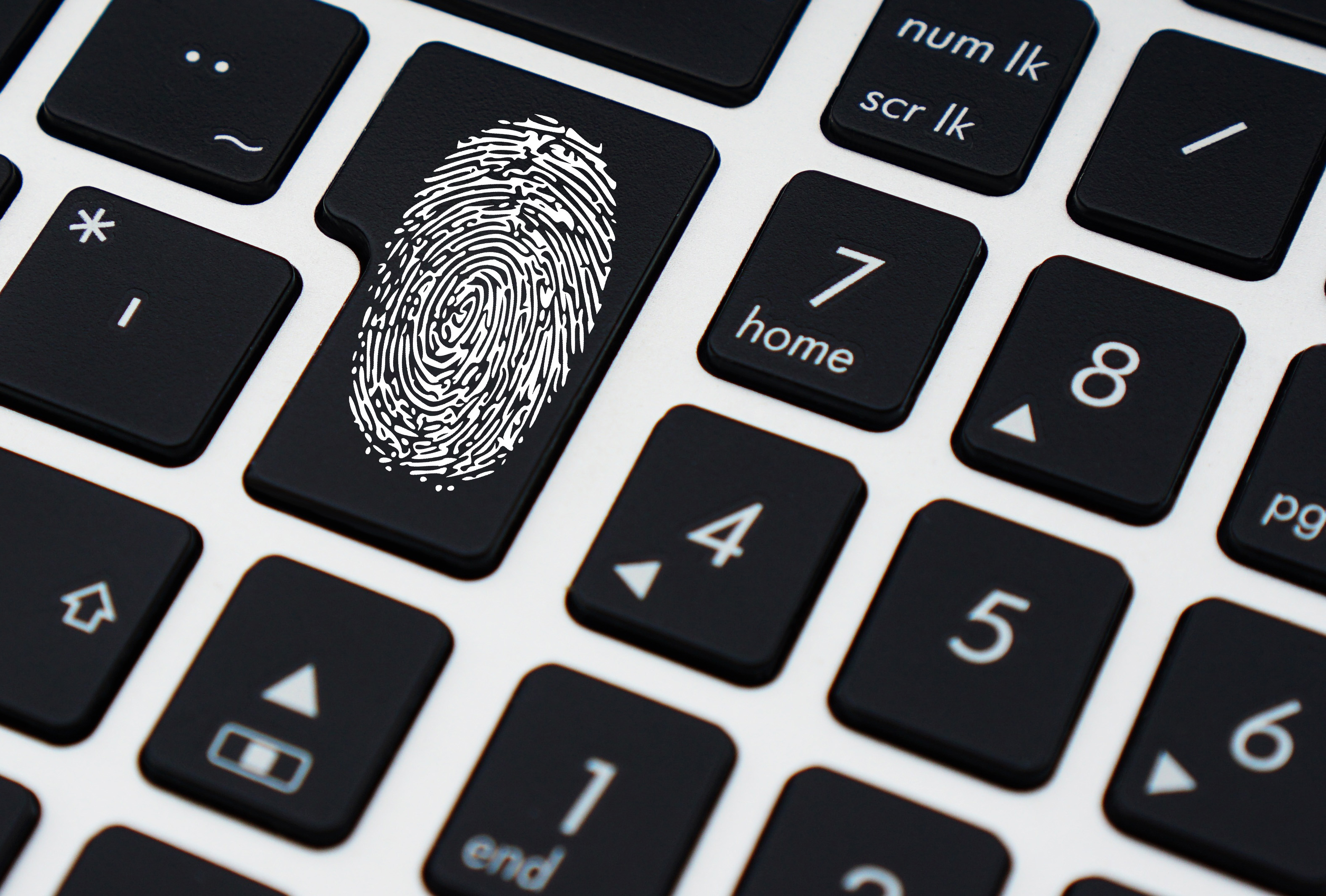|
Your employer will send your W-2 in early 2017. This year you might see a new item — a 16-digit authentication code. This code is part of an effort from the IRS which is meant to protect you from identity theft and make fraud more difficult.
Extended use of W-2 verification codes will aid verifying the wage and tax withholding data on your W-2. If you’re filing your taxes on your own, taking a moment to add this code helps the IRS verify your information. It might help protect you from identity theft and prevent a delay in receiving your refund. If Ellsworth & Associates handles your taxes, we will take care of that for you. You have nothing to worry about. These codes were included on two million forms in 2016. In 2017, they will be included on 50 million W-2s. That’s a 2,400% increase. If you don’t see a code on your W-2, everything is fine. Your tax return will still be accepted. The IRS says results from 2016 indicate this new system has the potential to reduce tax fraud. IRS processing systems use this number to verify the real taxpayer. Filing fake W-2s is one way that identity thieves try to back up their fake tax returns.
0 Comments
Every tax season we see more and more schemes that target innocent taxpayers by email, by phone and online. Watch out for these deceptive scams so you don't become a victim.
Some of the most common IRS impersonation scams include: Demanding fake tax payments: Sometimes these are automated calls where scammers leave urgent requests telling people to call back to settle their “tax bill.” These fake calls usually claim to be the last warning before legal action is taken. You may also receive live calls from IRS impersonators. They might demand payments on prepaid debit cards, iTunes and other gift cards or wire transfer. Any request to settle a tax bill using any of these payment methods is a clear indication of a scam. Calling students and parents and demanding payment for a fake tax: Ever heard of the "Federal Student Tax"? No? That's because it doesn't exist. Telephone scammers are targeting students and parents demanding payments for fictitious taxes, such as the “Federal Student Tax.” If the person does not comply, the scammer gets aggressive and threatens to have the student arrested. A fake IRS bill for tax year 2015 related to the Affordable Care Act: The fraudulent notice includes a payment request that taxpayers mail a check made out to “I.R.S.” to the “Austin Processing Center” at a PO Box address. “Verifying” tax return information over the phone: Scam artists call saying they have your tax return, and they just need to verify a few details to process your return. The scammer tries to get you to give up personal information such as your social security number. Pretending to be from the tax prep industry: These emails are designed to trick people into thinking they are official messages from the IRS or others in the tax industry, including tax software companies. The phishing schemes can ask taxpayers about a wide range of topics. E-mails or text messages might seek information related to refunds, filing status, confirming personal information, ordering transcripts or verifying PIN information. If you receive an unexpected call, unsolicited email, letter or text message from someone claiming to be from the IRS, here are some of the tell-tale signs to help protect yourself. The IRS Will Never:
If you get a suspicious phone call from someone claiming to be from the IRS and asking for money, here’s what you should do:
If you receive an unsolicited email that appears to be from the IRS report it by sending it to [email protected]. Today starts National Tax Security Awareness Week. One vital part of cyber security is password protection. Passwords serve as the first line of defense to stop hackers and identity thieves from accessing your computer, cell phone, and other internet-accessible devices.
Here are a few basic steps for making passwords better and stronger:
Protect yourself from tax-related identity theft in 2017. Start by making your passwords more secure. December 5-9 is “National Tax Security Awareness Week.” Take some time this week to educate yourself on steps you can take to protect yourself from identity theft and tax scams. Learn how to protect your valuable financial data in preparation for the upcoming filing season.
According to the IRS, over 100 million of the tax returns they receive this year will be completed using a computer. To help taxpayers keep their information secure the IRS has released, "Security Awareness for Taxpayers", which has helpful advice on staying technologically secure. Some helpful reminders when it comes to computer security and tax scams:
The IRS announced today the launch of an online application that will assist taxpayers with straightforward balance inquiries in, what it calls, a safe, easy and convenient way.
The new tool allows taxpayers to view their IRS account balance, which will include the amount they owe for tax, penalties and interest. Taxpayers may also continue to take advantage of the various online payment options available by accessing any of the payment features. The IRS anticipates that other capabilities will continue to be added as they are developed and tested. “This new tool is part of the IRS’s commitment to improve and expand taxpayer services by providing additional online taxpayer options,” said IRS Commissioner John Koskinen. “The new ‘balance due’ feature, paired with the existing online payment options, will increase the availability of self-service interactions with the IRS. This will give taxpayers another way to take care of their tax obligations in a fast and secure manner.” Is it safe to open a portal to some of the most confidential and valuable information the government has on individuals? That remains to be seen. The IRS claims that this is a very secure tool, but in an age where hacking from foreign countries is now routine, is it secure enough? Before accessing the tool, taxpayers must authenticate their identities through, what the IRS is calling, the "Secure Access" process. This is a two-step authentication process, which means returning users must have their username and password plus a security code sent as a text message to their mobile phones. As part of the security process to authenticate taxpayers, the IRS will send verification, activation or security codes via email and text. The IRS is warning taxpayers that it will not initiate contact via text or email asking for log-in information or personal data. The IRS texts and emails will only contain one-time use codes. |
Archives
February 2018
Categories
All
|
|
Ellsworth & Associates, Inc. CPAs
513.272.8400 Cincinnati: 9624 Cincinnati Columbus Road, Suite 209, Cincinnati, OH 45241
|
© 2017 Ellsworth & Associates, Inc.
|






 RSS Feed
RSS Feed